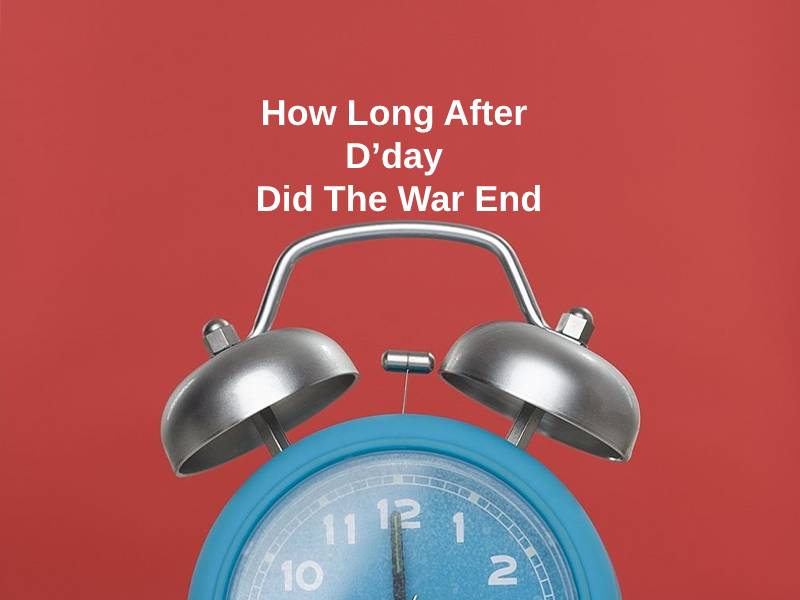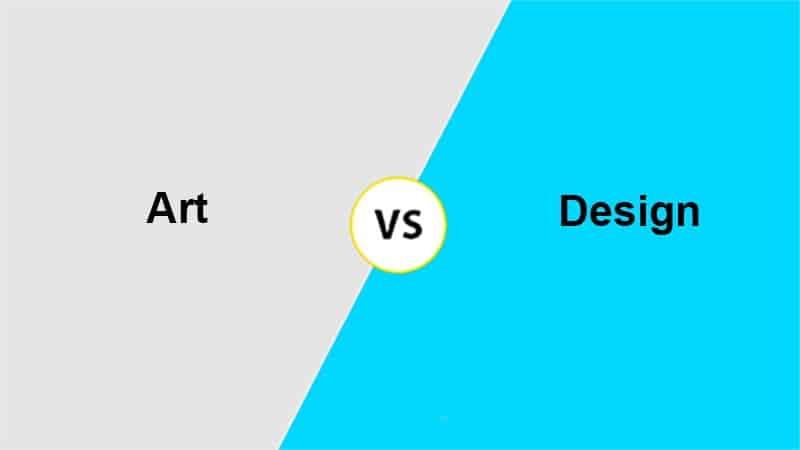Exact Answer: 1 – 3 days
In order to become a soldier who is part of the United States Army, or holds positions in the Army National Guard, or the Army Reserve, one must undergo what is known as Initial Entry Training (IET), or Basic Training. Initial Entry Training, as its name suggests, is the initial part of training that encompasses both physical and mental training.
IET trains the recruits to efficiently perform their roles in the Army, using the basic tools that are provided. IET is said to be incredibly challenging as it exposes the recruits to an unfamiliar military lifestyle, and makes them adjust to it. IET has two phases where the first one is Basic Combat Training (BCT), and the last one is known as Advanced Individual Training (AIT).

How Long After BCT Is AIT?
| Location of AIT | Duration after BCT for AIT to start |
| AIT at the same location | 0 days |
| AIT at a different location | 1 – 3 days |
Also known as ‘boot camp’, this introductory training for the Army is officially known as Basic Combat Training (BCT). It takes place for approximately ten weeks and comprises three phases which are red , white , and blue .
In the red phase, each recruit is trained to learn military discipline, teamwork, traditions, and values. You will be in the process of adapting to the life of a soldier in the Army. Recruits get their army-issued haircut, the army uniform, and general orientation. You will learn how to carry yourself as a soldier. You’ll be asked to learn and recite the Soldier’s Creed, seven core Army values, and the Warrior Ethos. In addition, the program also trains recruits on sexual assault prevention and awareness, on top of basic first aid.
In the white phase, you will start training with the primary weapon that was assigned to you. With respect to your assigned weapon, you will be learning the basic skills of rifle marksmanship, tracking and aiming down targets at different distances, and the maintenance of the weapon. Here, recruits also learn to engage with more than one target at the same time, as a part of hand-to-hand training.
The last phase, which is known as the blue phase, takes place to improve your tactical skills, self-discipline, teamwork, and leadership skills. The study of military values, marksmanship training, combat-related activities, marches, and fitness training will also continue to take place as well.

The second part of IET which is known as Advanced Individual Training (AIT) lasts for 4 to 52 weeks, where you delve into your Military Occupational Specialty (MOS). Here, you will be taught the skills and practices required for the specific Army job that you’ve chosen. Once you’ve chosen your career field, AIT will inculcate hands-on training, classroom time, fieldwork and instructions, discipline, and work ethic. The objective of AIT is to help you transform yourself into an expert in the given field of your choice.
Some of the AIT schools include air defense artillery school, infantry school, military police school, and more.
If the AIT school is on the same base as BCT, then AIT will start right after BCT.
If the AIT school is on a different base, then AIT will start approximately 1 to 3 days after BCT, to allow for travel time.
Why Does It Take That Long For AIT To Start After BCT?
During BCT, there will be intense physical training, including road marches, formation marching, barracks inspections, and confidence-building activities. In addition to learning the right way to use breathing masks, you will be trained for Chemical Radioactive Biological and Nuclear (CBRN) readiness.
Apart from marksmanship, your physical training will still occur, with obstacle courses, abseiling from the Warrior Tower, a 50-foot building. Your combat skills, map and compass reading skills, and learning of Army traditions and ethics will be honed.
By the end of BCT, you will be required to successfully complete the End of Cycle Test (EOTC), which has 212 tasks that you must pass. In addition, to graduate from BCT and enter AIT, you will have to pass the Army Physical Fitness Test (APFT).

Soldiers are immediately asked to check out of their barrack units and check in to their AIT unit. Concerning the recruit’s Military Occupational Specialty (MOS), if their AIT school is on the same base as their BCT, then they’ll head into AIT right away, with no time between the two pieces of training. Most of the time, you will be asked to check in to the AIT school either on the same day as your BCT graduation or on the day after.
But if their AIT school is on another base, they’ll have to drive or fly to the new unit on the base. Thus, they are given around one to three days for the travel time. Remember that this time is not actually time for vacation, but it is merely provided for you to travel from your BCT base to your AIT base.
Conclusion
To conclude, both BCT and AIT are parts of the introductory Army training, that are incredibly important for stepping into the military lifestyle. You will be taught both the emotional aspects of Army life, as well as physical fitness training. It may be intense and rigorous, but recruits quickly adjust to it. These two parts, with the help of physical and psychological training, help recruits become successful soldiers.
The US Military states that the youngest age for someone to join the Army is 17, and the oldest being 35, but this number varies with MOS.
After graduating from BCT, recruits move on to AIT. After graduating from AIT, soldiers will check in to their first Permanent Duty Assignment (PDA).



























The explanation about the physical and mental challenges recruits face during BCT provides a deeper insight into the training regime.
Indeed, the article accurately portrays the demanding conditions of the training period.
The article provides a clear understanding of the timeline and requirements for transitioning from BCT to AIT.
Indeed, the clarity about the transition process is commendable.
Definitely, the article effectively addresses the criteria for moving from BCT to AIT.
The article effectively highlights the rigorous physical and mental training involved in the Initial Entry Training (IET) for the U.S. Army.
Absolutely, it conveys the intense nature of the training process accurately.
The details about the training regimen, including the End of Cycle Test and the Army Physical Fitness Test, are very informative.
Absolutely, it outlines the challenging tasks that recruits must overcome to graduate from BCT.
This article provides an in-depth understanding of what happens during Initial Entry Training (IET) and the importance of the training period.
Definitely, the detailed description of the various phases of IET is enlightening.
I completely agree, it provides a comprehensive insight into the training process.
The process of transition from BCT to AIT is explained thoroughly, leaving no room for confusion.
Absolutely, the article effectively addresses the duration and reasoning behind the time between BCT and AIT.
While the duration for AIT to start after BCT is explained, the article could have included more details about specific training regimens.
Yes, a more in-depth description of the AIT courses and disciplines would have been beneficial.
I see your point, adding more specific training information would enrich the article.
The contrast between the phases of red, white, and blue during Basic Combat Training (BCT) is quite fascinating.
Indeed, it illustrates the different aspects of training that recruits undergo during BCT.
The article effectively explains the link between BCT and AIT, providing a thorough understanding of the army training process.
Absolutely, it demonstrates the progression from BCT to AIT very clearly.
The comprehensive explanation provided about Advanced Individual Training (AIT) and the transition process is enlightening.
Agreed, the details regarding different AIT schools and the purpose of AIT are very informative.
Definitely, the article covers the AIT period extensively and clarifies the purpose of the training.